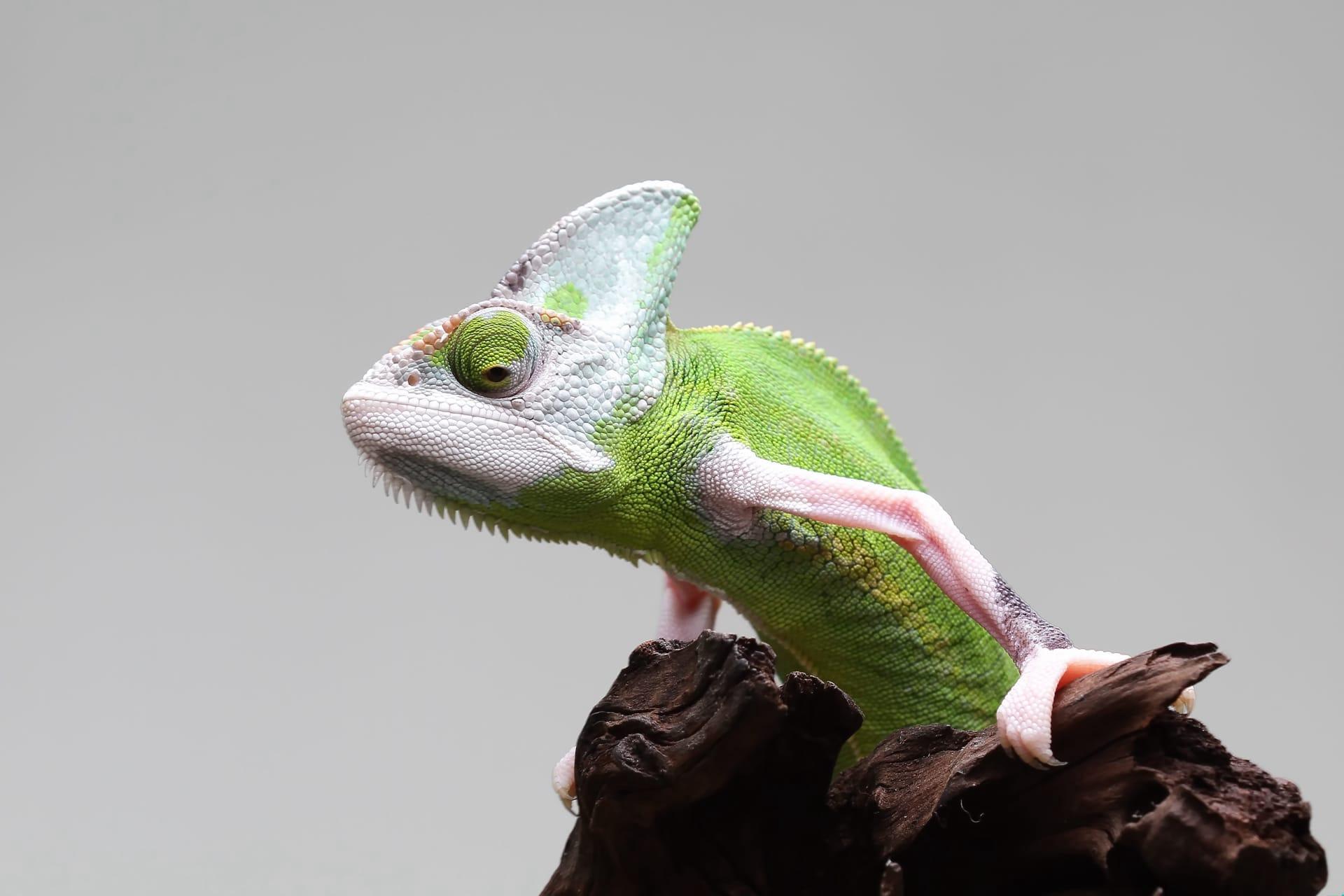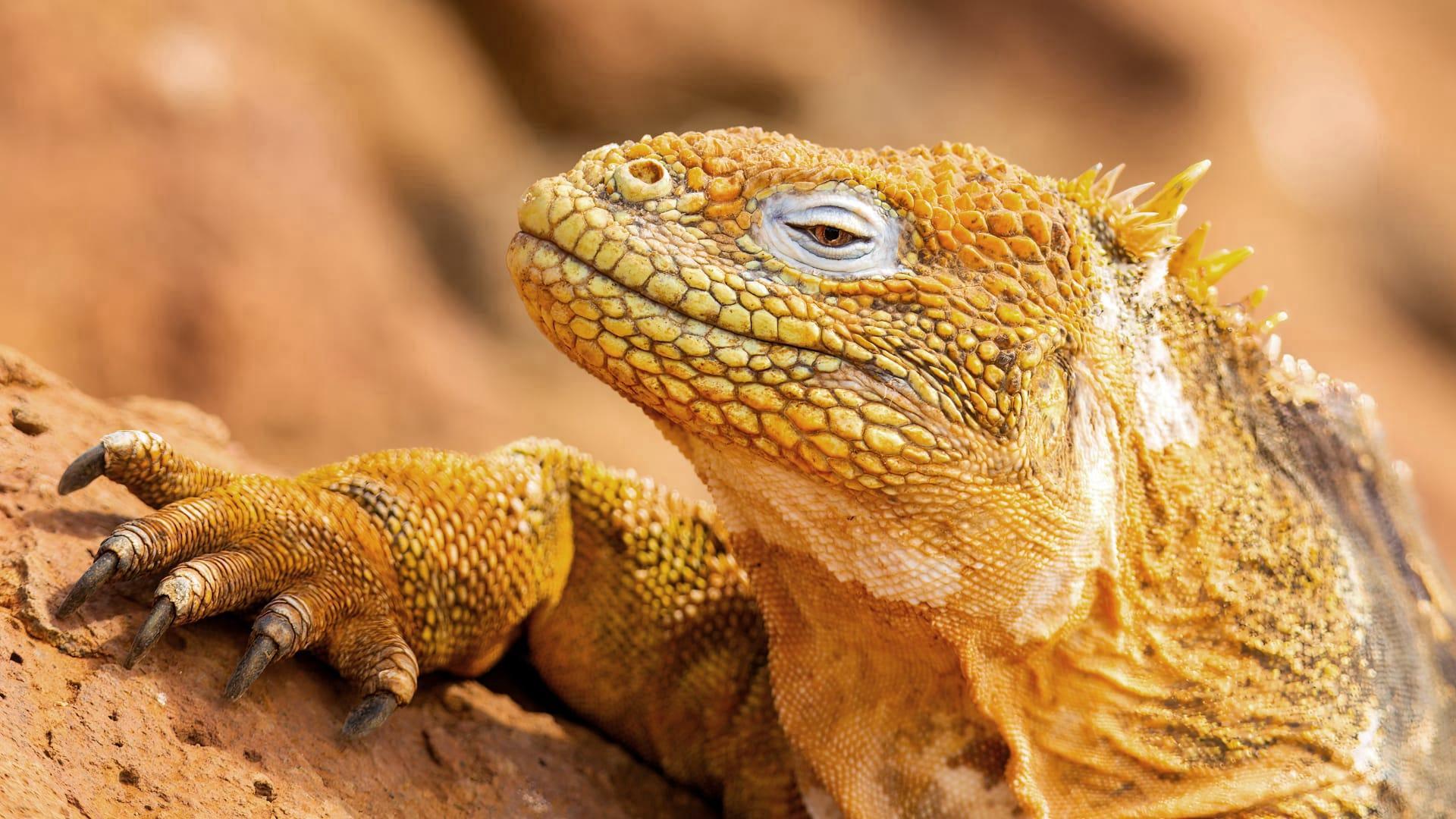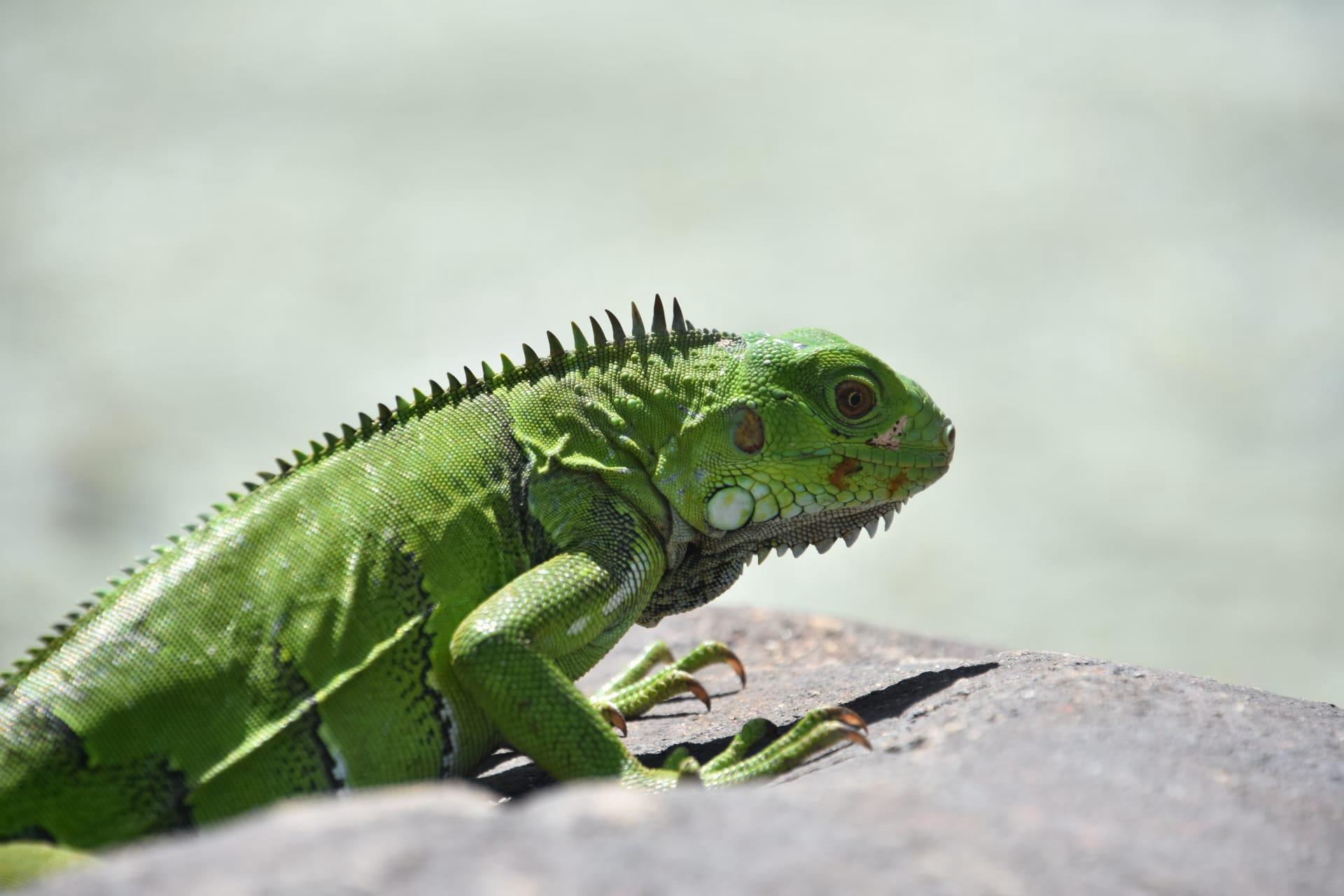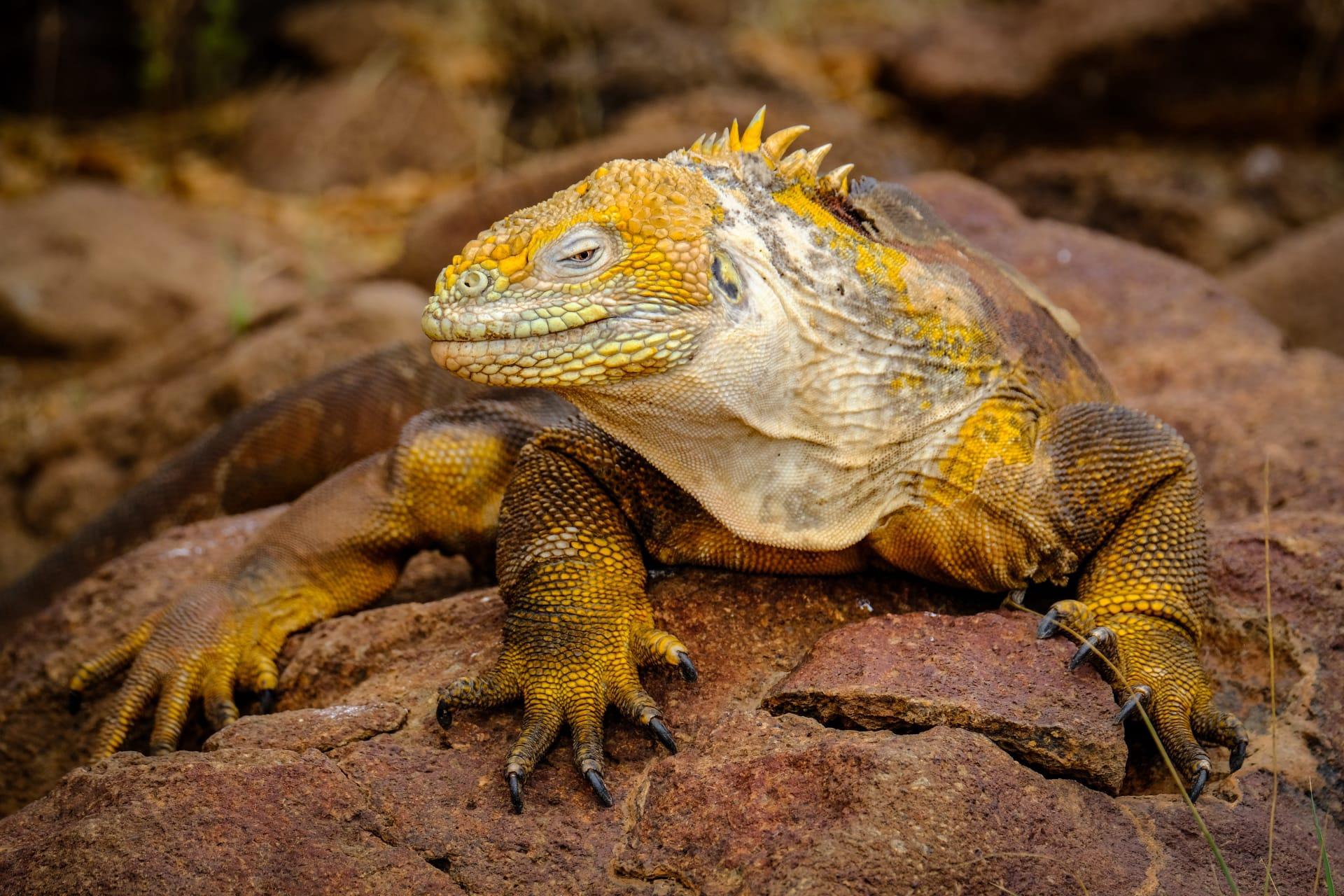Dragon Lizard Trivia
- Home /
- Trivia Question /
- Animal /
- Dragon Lizard Trivia
1
Question: What unique physical feature distinguishes the Dragon Lizard from other lizard species?
Answer: Dragon Lizards, particularly the Thorny Devil (Moloch horridus), are renowned for their distinctive appearance. They possess a spiky, armored exterior, which serves as a formidable defense mechanism against predators. These spikes, varying in length up to 2.5 centimeters, are not just for defense; they also aid in water collection. The lizard can collect water from any part of its body, channeling it to the mouth through capillary action, a remarkable adaptation for survival in arid environments.
Question: How do Dragon Lizards regulate their body temperature in extreme environments?
Answer: Dragon Lizards are ectothermic, meaning they rely on external heat sources to regulate their body temperature. They exhibit fascinating thermoregulatory behaviors like basking in the sun to increase body temperature, and seeking shade or burrowing to cool down. Their skin color can also change in response to temperature variations, turning darker in cooler temperatures to absorb more heat and lighter in hotter conditions to reflect sunlight, a process that can take minutes to hours.

2
Question: Is it true that Dragon Lizards can shoot blood from their eyes as a defense mechanism?
Answer: This is a common misconception. The Horned Lizard, often confused with the Dragon Lizard, has this unique defense mechanism, not the Dragon Lizard. When threatened, the Horned Lizard can increase blood pressure in its sinuses until small blood vessels around the eyes burst, spraying the predator with blood. This behavior is rare among lizards and is not a characteristic of the Dragon Lizard.
Question: Do Dragon Lizards breathe fire or have any similar fiery abilities?
Answer: No, Dragon Lizards do not breathe fire or have any fire-related abilities. This myth likely stems from their name and popular depictions in folklore and media. In reality, Dragon Lizards are typical reptiles with no connection to fire. Their name reflects their dragon-like appearance due to their spiky skin and robust physique.

3
Question: What is the diet of the Dragon Lizard, and how do they hunt for food?
Answer: Dragon Lizards, depending on the species, primarily feed on ants, termites, small insects, and occasionally plant material. For example, the Thorny Devil consumes thousands of ants in a single day. They use their sticky, elongated tongues to catch prey, swiftly flicking it out to snatch the insects. Their hunting strategy involves patience and precision, often remaining motionless and camouflaged until unsuspecting prey comes within reach.
Question: How do Dragon Lizards reproduce, and what is unique about their breeding habits?
Answer: Dragon Lizards lay eggs for reproduction. The female buries the eggs, usually 3 to 10 in number, in a sandy burrow to incubate. The incubation period varies among species but generally lasts several months. Interestingly, the sex of the offspring in some Dragon Lizard species, like the Australian Central Bearded Dragon, is influenced by the temperature during incubation. Higher temperatures tend to produce more females, a phenomenon known as temperature-dependent sex determination.

4
Question: How long do Dragon Lizards live, and what factors influence their lifespan?
Answer: The lifespan of Dragon Lizards varies by species, but on average, they live between 6 to 15 years in the wild. Factors influencing their lifespan include environmental conditions, availability of food, predation pressure, and inherent species characteristics. In captivity, with optimal care, they can live longer, with some species reaching up to 20 years of age.
Question: What role do Dragon Lizards play in their ecosystem?
Answer: Dragon Lizards are integral to their ecosystems, primarily as pest controllers. By feeding on ants and other insects, they help regulate insect populations, maintaining a balance in the ecosystem. They also serve as prey for larger predators, contributing to the food web. Additionally, their burrowing activities help aerate and turn the soil, which can benefit plant growth.

5
Question: Can Dragon Lizards change color, and if so, why do they do it?
Answer: Yes, some Dragon Lizard species can change color. For instance, the Chameleon Dragon Lizard exhibits color change for camouflage, temperature regulation, and communication. Color change helps them blend with their environment, avoid predators, or signal to other lizards. This ability results from specialized cells in their skin called chromatophores, which expand or contract to display different colors.
Question: What threats do Dragon Lizards face in the wild, and are they endangered?
Answer: Dragon Lizards face several threats, including habitat loss due to urbanization and agriculture, predation by introduced species like cats and foxes, and climate change. Some species are considered vulnerable or endangered. Conservation efforts include habitat protection, controlling introduced predators, and monitoring populations to ensure their survival. Their unique adaptations make them important species for studying ecological impacts and evolutionary processes.